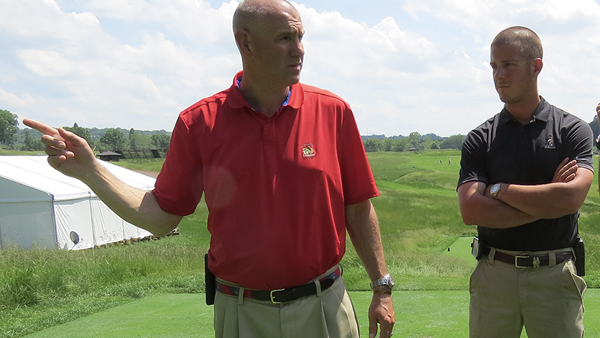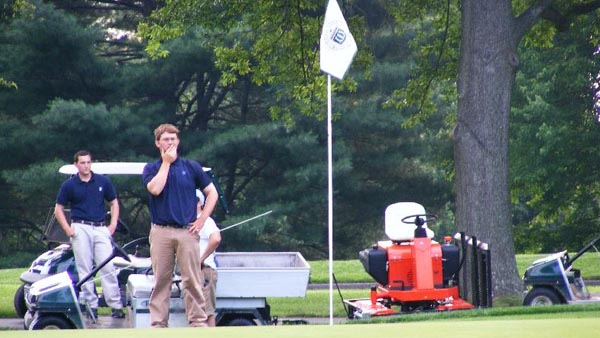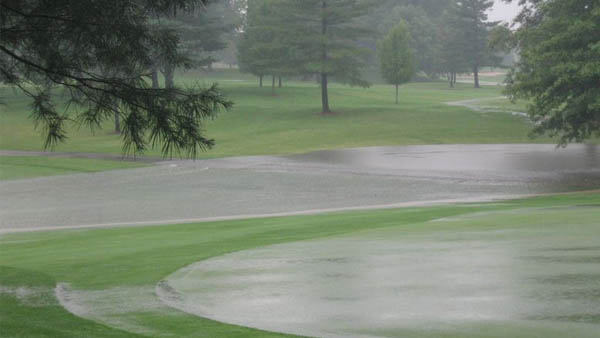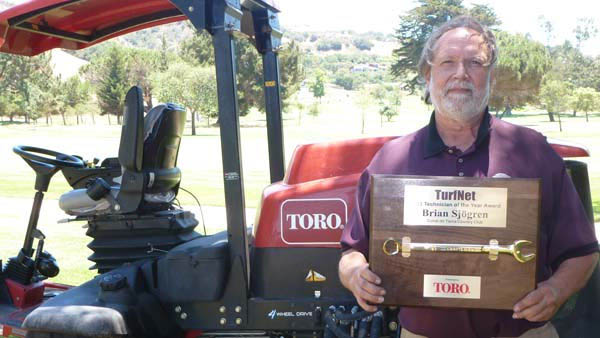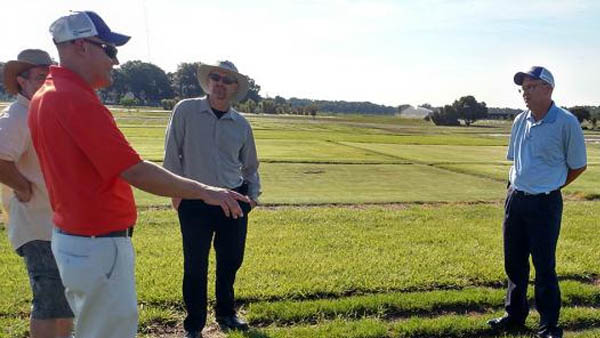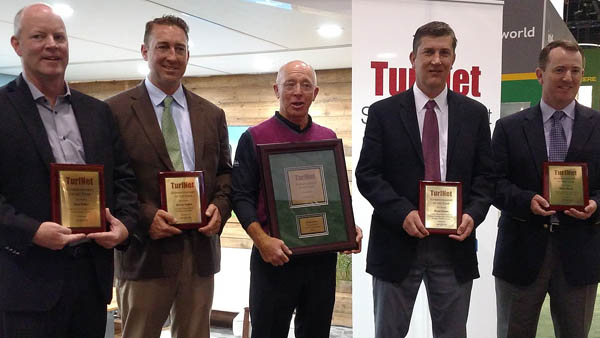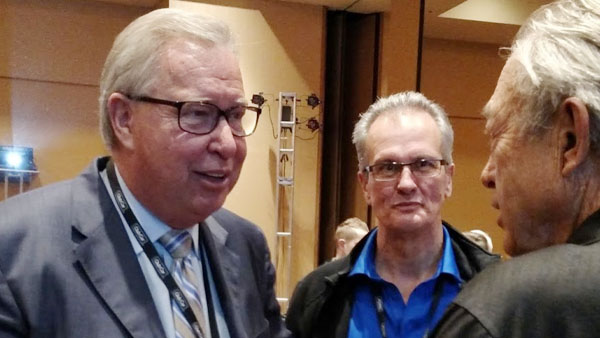

I think I can honestly say this is the most valuable thing I've done in my career so far."
"When you have the ability to manipulate greens, you can do anything on a golf course," he said. "I think I can honestly say this is the most valuable thing I've done in my career so far." Peterson believes in today's tight job market that others could benefit from the same career choice that Conlon has made. "Brian taking the opportunity to come down here shows that he's really focused on developing as much as he can and is hungry to succeed," Peterson said. "Instead of sitting in the Northeast all winter not working he chose to come down here to grow and keep working. He has had the opportunity to see a different course and will pick up tons of useful tricks and tips. Some things are local to this course, but some things he will carry with him for the rest of his career. Brain has seen how we can produce incredible playing conditions in a different environment than he is used to. This will set him apart from the average Joe back home. You can't name one thing that would be a negative from the opportunity he pursued."
- Read more...
- 8,297 views

